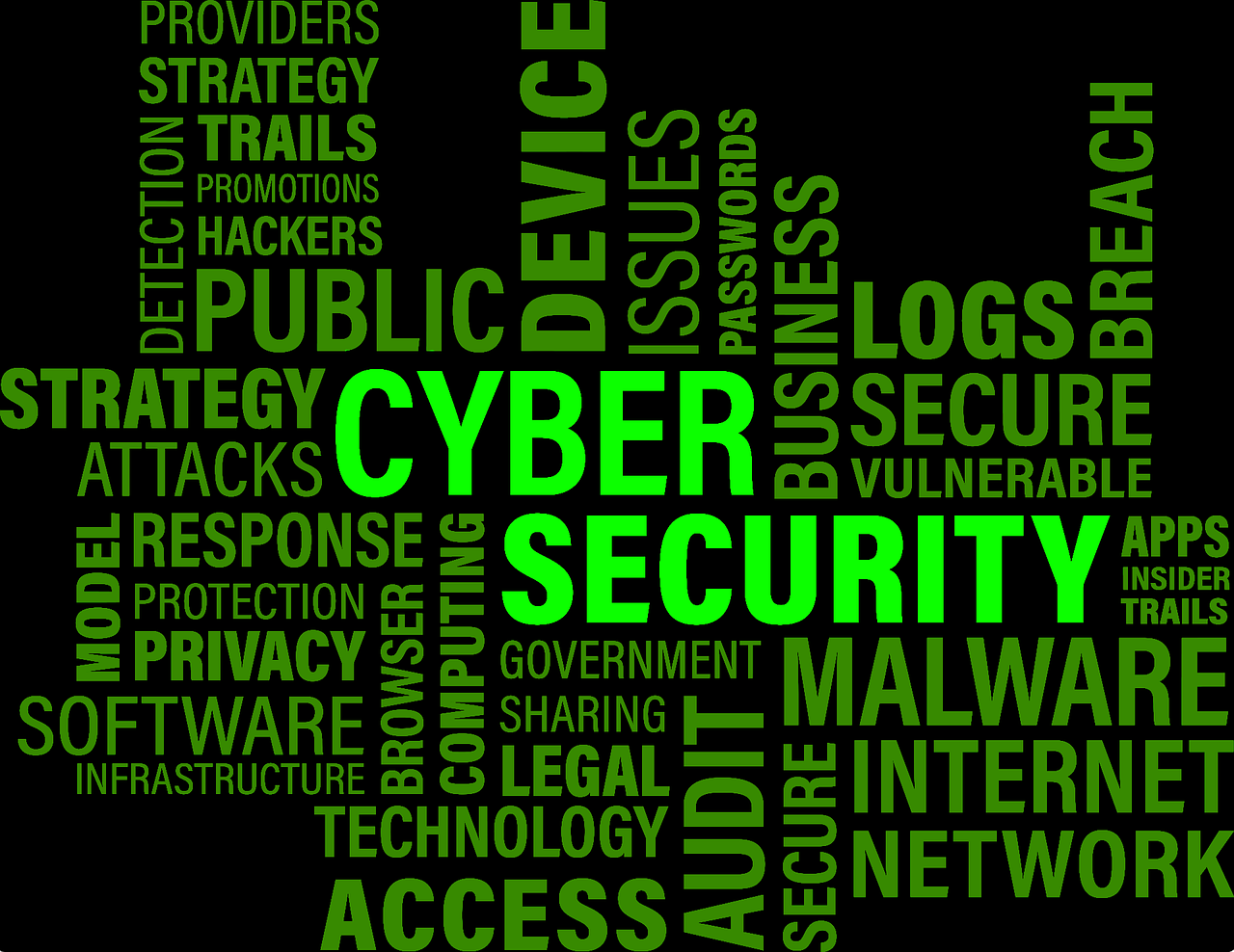Top 10 Common Cybersecurity Threats and How to Protect Your Data – In ultra-modern virtual age, cybersecurity threats are more regularly occurring than ever. shielding your information is important. here are the top 10 common cybersecurity threats and how you may safeguard your statistics.

1. Phishing Attacks
Phishing attacks are a number of the maximum not unusual cybersecurity threats. those assaults contain fraudulent emails or messages that trick you into imparting sensitive statistics. Be careful of sudden emails and always verify the sender’s identity before clicking on any links.
2. Malware
Malware, together with viruses, worms, and spyware, infiltrates your system and causes harm. it can steal, encrypt, or delete your facts. Use dependable antivirus software program and keep your systems up to date to fend off malware.
3. Ransomware
Ransomware encrypts your statistics and demands fee for the decryption key. it could cripple companies and people alike. regularly again up your information and avoid clicking on suspicious links or downloading unverified attachments to protect in opposition to ransomware.
4. Man-in-the-Middle (MitM) Attacks
MitM attacks arise whilst attackers intercept communique among parties. this can cause stolen records or unauthorized get right of entry to. Use encrypted connections (HTTPS) and avoid public Wi Fi for sensitive transactions to defend in opposition to those attacks.
5. Denial-of-Service (DoS) Attacks
DoS assaults weigh down your network with site visitors, inflicting it to slow down or crash. these assaults can be devastating to on-line services. put into effect community security features and keep good enough bandwidth to mitigate DoS attacks.
6. SQL Injection
Square injection entails inserting malicious sq. queries into input fields, compromising the database. it can cause facts breaches and loss of touchy records. Validate and sanitize enter fields in your net packages to prevent sq. injection.
7. Zero-Day Exploits
Zero-day exploits target vulnerabilities which can be unknown to the software program vendor. those assaults may be quite damaging as there are no to be had patches. frequently update your software program and use protection equipment that can stumble on uncommon behavior to combat 0 day exploits.
8. Insider Threats
Insider threats come from employees or pals with get admission to to your structures. they can intentionally or unintentionally cause damage. put into effect strict get entry to controls and screen person hobby to lessen the risk of insider threats.
9. Password Attacks
Password attacks, consisting of brute force or dictionary attacks, try to bet passwords. sturdy, specific passwords and multi factor authentication can substantially reduce the danger of those attacks. Use password managers to maintain comfy credentials.
10. Social Engineering
Social engineering exploits human psychology to benefit get admission to to personal records. this could include pretexting, baiting, or tailgating. train your group on the importance of cybersecurity cognizance to protect against social engineering.
Conclusion
Cybersecurity threats are ever-evolving, making it essential to live knowledgeable and proactive. implementing robust security measures and educating yourself and your team can defend your statistics from these commonplace threats. ordinary updates, dependable security software, and a vigilant mind-set are your first-rate defenses in the digital age.
FAQs
- How frequently must I update my passwords?
- Regularly updating your passwords each three to 6 months is suggested to decorate security.
- What’s the maximum common form of phishing?
- E mail phishing is the most common shape, where attackers send fraudulent emails to trick recipients into presenting touchy statistics.
- Can antivirus software forestall all styles of malware?
- While antivirus software is critical, it may no longer detect all styles of malware, especially new variations. Combining it with different security features is vital.
- How can i recognize a social engineering assault?
- Be cautious of unsolicited requests for sensitive statistics, mainly if they contain urgency or uncommon scenarios.
- What ought to I do if my information is compromised?
- Immediately change your passwords, tell applicable institutions (like banks), screen your money owed for suspicious activity, and don’t forget the usage of identity robbery safety services.




